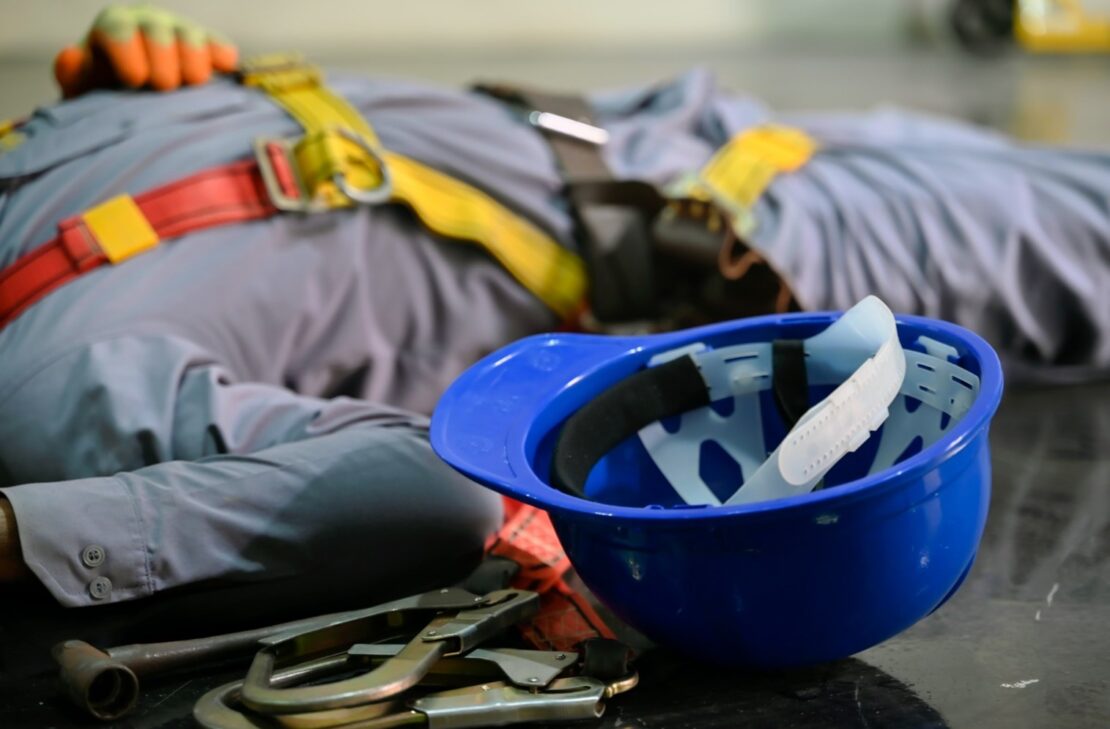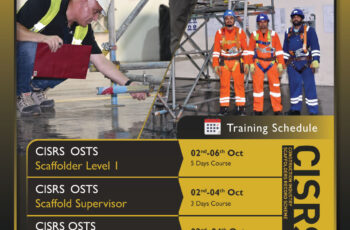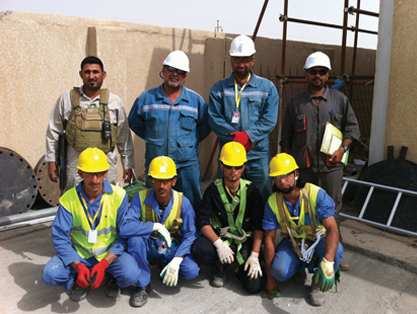Fatal Injuries fall from height & Construction related fatality figures || Construction Industry Must Prioritize Safety
In a heartbreaking revelation, the recently published annual data released by the Health and Safety Executive (HSE), Great Britain’s workplace regulator, has highlighted a disturbing trend. Over the course of a year, from April 2022 to March 2023, a staggering number of 45 workers lost their lives in the construction industry and 40 Fatal Injuries were attributed to fall from height incidents. These distressing statistics serve as a stark reminder that safety measures must be prioritized in the construction sector.
Visit link to check: Work-related fatality figures published. (6th July 2023)
Work-related fatality figures published | HSE Media Centre
Construction Industry at the Forefront:
The construction industry has been identified as the sector with the highest number of deaths according to the HSE report. This revelation is deeply concerning and demands immediate attention from both industry professionals and regulatory bodies. As construction activities continue to drive economic growth and development, it is essential that safety becomes an integral part of every project’s foundation.
Identifying Key Issues:
Fall from height incidents have emerged as the leading cause of fatalities in the construction industry. This highlights the critical need to address issues such as inadequate safety measures, insufficient training, and inadequate supervision. Each fatality represents a life lost, a family devastated, and a community affected. It is a collective responsibility to ensure that such tragedies are prevented in the future.
Construction related fatality figures
Call for Action:
To curb the rising number of fatalities and foster a safer working environment, concerted efforts are required from all stakeholders involved in the construction industry. Here are some crucial steps that must be taken:
- Comprehensive Training Programs: Employers must invest in comprehensive training programs like CISRS training certifications that equip workers with the necessary skills and knowledge to mitigate risks associated with working at heights. Training should be ongoing and regularly updated to keep pace with evolving safety standards.
Book your CISRS scaffolding training courses at simian international visit the link bellow.
https://simianinternational.com/full-list-of-scaffolding-training-courses/
- Enhanced Supervision: Proper supervision and oversight are essential to ensure that workers follow safety protocols and use equipment correctly. Supervisors should be trained to identify potential hazards and intervene when necessary.
Book your CISRS OSTS Supervisor Course > Click here
- Inspection | Adequate Personal Protective Equipment (PPE): Employers must ensure that workers are provided with suitable PPE, including harnesses, helmets, and other safety gear specific to the task at hand. Regular inspections and maintenance of PPE should be conducted to ensure effectiveness.
Watch video about how to use Safety Harness and Lanyard properly Click Here.
Book your CISRS OSTS Basic/Advanced Inspection Courses > Click Here
- Emphasize Risk Assessments: Thorough risk assessments should be conducted for every construction project, focusing specifically on fall prevention. Identifying potential hazards beforehand allows for proactive measures to be implemented, significantly reducing the likelihood of accidents.
- Promote a Culture of Safety: Creating a culture of safety within the construction industry requires collective commitment. Employers should foster an environment that encourages open communication, where workers feel empowered to raise safety concerns without fear of retribution.
- Collaborative Approach: Industry organizations, trade unions, and employers should collaborate to share best practices, promote safety campaigns, and support research and development initiatives aimed at improving safety standards.





